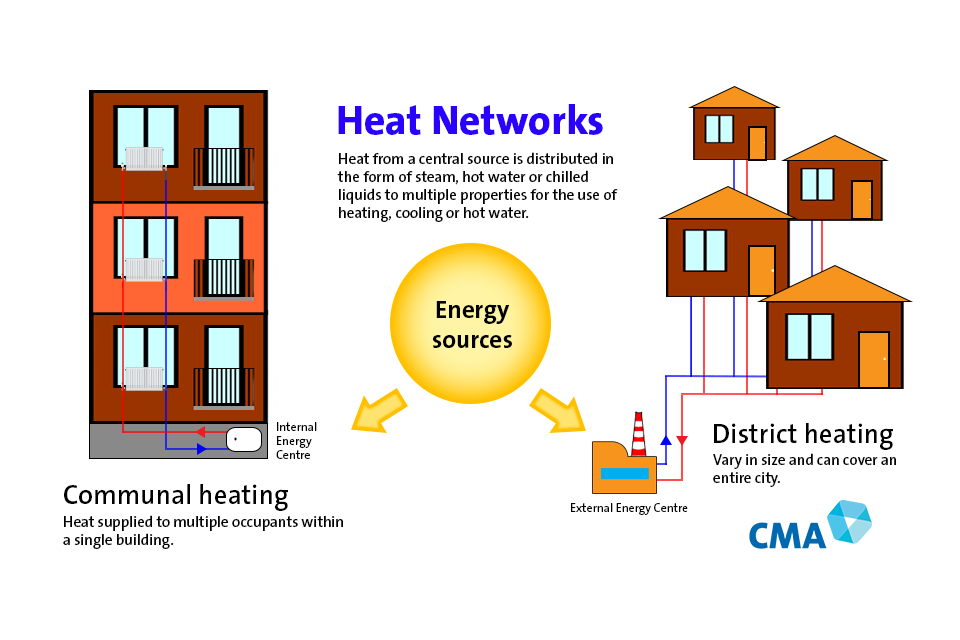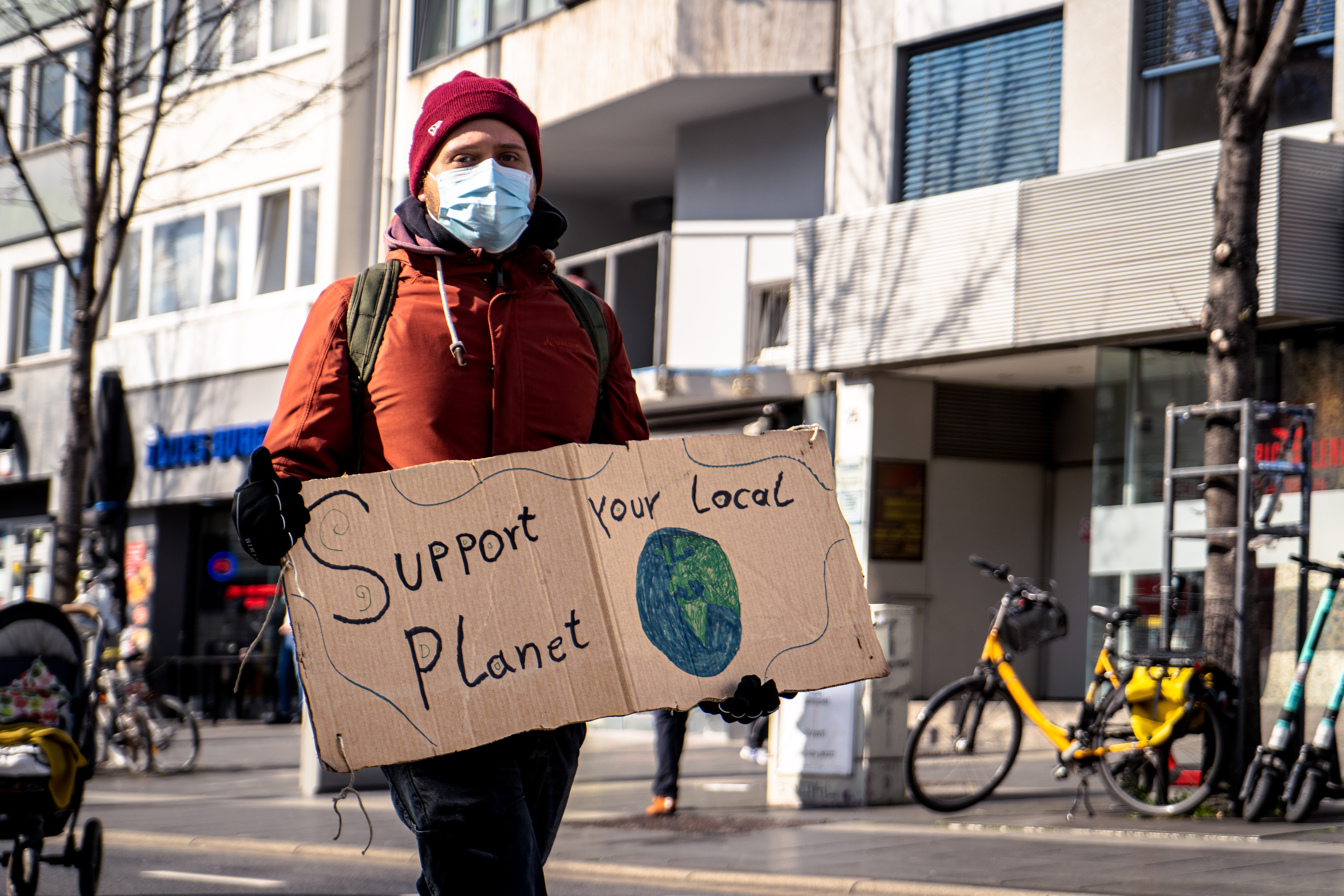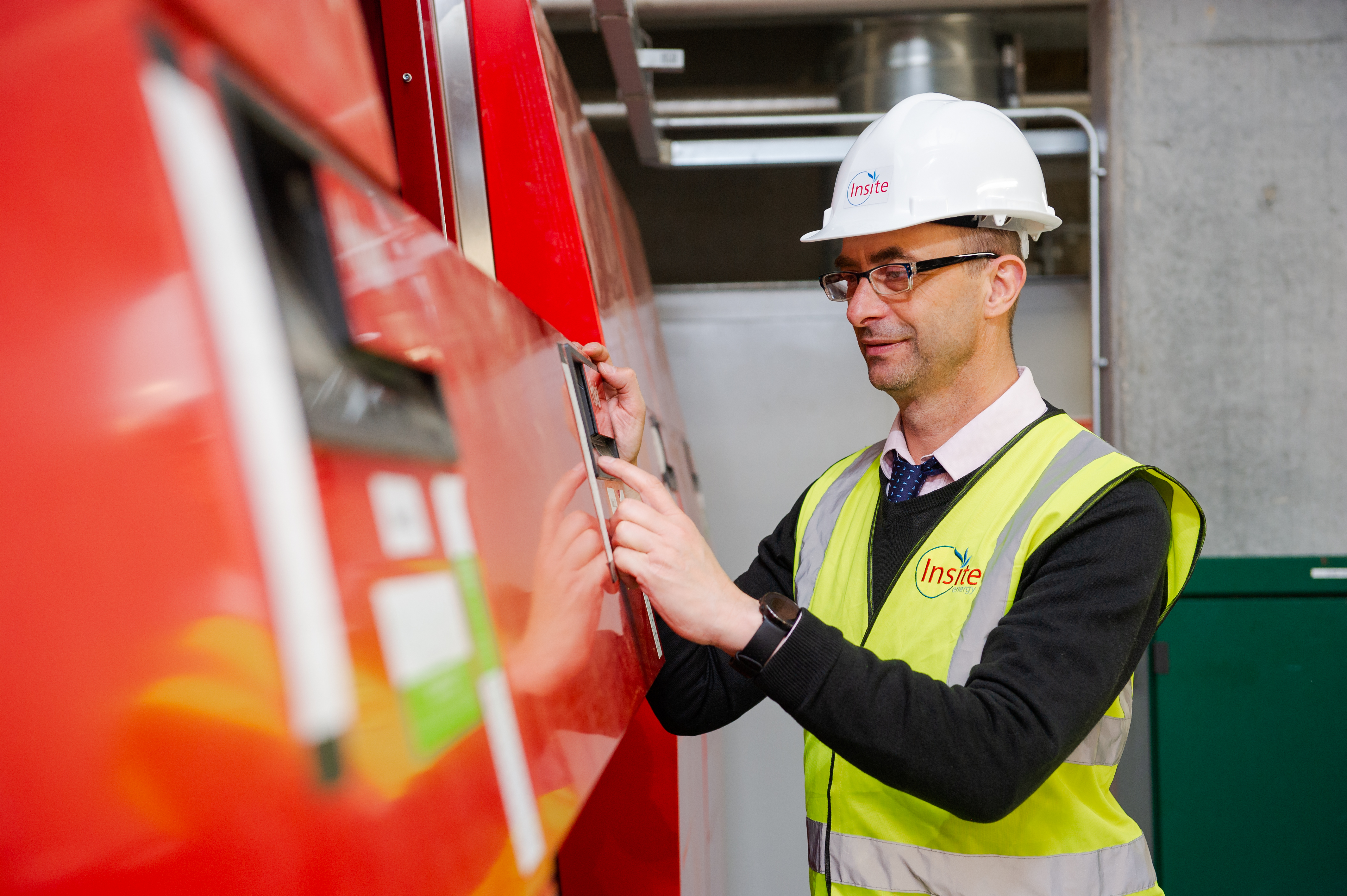A greener future
Heat networks are a key element to the UK successfully achieving its carbon targets by 2050, with heat accounting for around 33% of the UK’s carbon emissions. Heat networks provide the flexibility to exploit large scale, renewable and recovered heat sources that cannot be accessed at an individual building level. While offering a low-carbon source of energy, heat networks also offer improved safety, supply reliability and energy security.
The Climate Change Committee estimates that heat networks need to provide 18% of the UK’s domestic heat by 2050, for the UK to meet its ambitious carbon targets. Heat networks currently account for only 2% of UK domestic heat demand, with the industry facing multiple challenges including high capital expenditure (CapEx), increasing operational expenditure (OpEx) and more demanding requirements for metering and billing.
UK Building Regulations have also changed in recent years, particularly with respect to permitted carbon emissions. In order to meet regulations, buildings now have to be built to very high standards of efficiency. These are some of the regulations that may apply to your home and will have determined that a heat network should be installed:
- Building Regulations (Part L) 2013
- Code for Sustainable Homes
- Planning requirements
- GLA – London Plan 2012
- Other helpful guides include: CIBSE CP1 2020, Heat Trust Scheme Rules.
Metering and billing regulations have also begun to tighten - as of 25th October 2020, the Energy Efficiency Directive (EED) requires all meters installed to be remotely readable. In addition, by 1st January 2027, all existing meters must be remotely readable, with data being provided to end consumers on at least a monthly basis.






